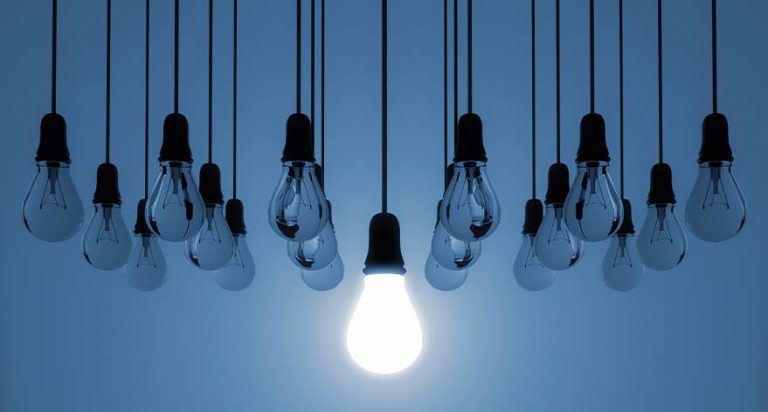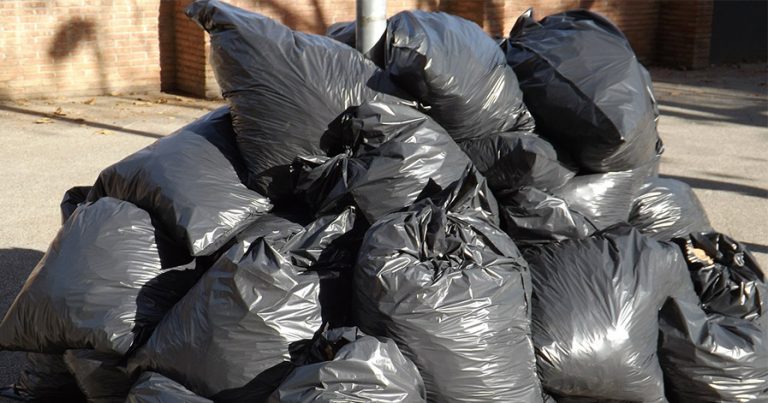A Guide to Lightbulb Disposal: Get the Brighter Picture
How to Dispose of Lightbulbs
The world is going green and you can also do your part to curb the spread and destruction of our planet. One of the items that frequently gets disposed of in an unsafe manner is lightbulbs. This is due to people either being ignorant of their unsustainable behavior or a lack of knowledge. Here we outline how to dispose of lightbulbs in an ecofriendly way.
When you chuck old lightbulbs in the garbage bin, you can cause more damage than you think. Certain bulbs are filled with various gasses that can escape. The chances that the bulbs will break are almost certain and this can cut through the garbage bags or even injure municipal workers who collect garbage during the week. Not all bulbs are equal, though, so here are tips for how to safely dispose of different kinds of bulbs.
Incandescent Bulbs
The old-fashioned incandescent lightbulb is a non-toxic lightbulb, which makes it theoretically safe to throw away in the trash, but it will surely break and cause a mess as it can cut through the garbage bag. Because of this risk, wrap it up in a paper towel before you put it in your bin. Your municipal garbage hauler will thank you for your consideration.
On the other hand, if you have a bit of spare time and want to take on a creative project, these bulbs make for excellent project ideas. From making mini glass planters for your herbs to creating Christmas tree decorations, hundreds of ideas are floating around the web for you to try out.
LED Lightbulbs
LEDs are fast becoming the world's favorite type of lightbulbs. Not only do they use a fraction of the electricity that a conventional bulb uses, but they also last for up to 50,000 hours. This efficiency comes at a price to the environment though.
Many LEDs, but not all of them, contain harmful chemicals like arsenic and lead. These toxins leak into the underwater reservoirs at landfills and eventually make their way into your drinking water.
Many recycling centers also do not accept LEDs because of these toxins, so you need to do your homework a bit. If your bulbs contain toxins, you should go to your local Home Depot as they usually accept LEDs. There are some other companies also that take care of your used LEDs in a sustainable manner.
Halogen Bulbs
Halogen bulbs are like the industrial version of the incandescent bulb, but they can withstand harsher weather. This is why they are mostly used as spotlights outdoors. These bulbs contain halogen gas, which is not something that recycling centers want. That is why it is recommended that you dispose of them in normal garbage waste. Try and get into the habit of not disposing of their packaging as it makes for the perfect throw away container as well.
Fluorescent Tubes
Fluorescent tubes are some of the more energy-efficient lights around. Although they cannot compete with LEDs’ longevity, they are less expensive. This is why they are the bulb of choice for large warehouses that need bright light for cheap.
Not only are they cheap, but they also recycle well. Nearly all of the components that make up a fluorescent tube can be
recycled and repurposed for something else.
You need to remember that when fluorescent tubes shatter, you have a bit of a toxic hazard on hand. If one of these shatters in a room, get everyone out of the room and close the door for at least 10 or 15 minutes. Also, open a window to let some fresh air in.
These bulbs emit mercury vapor, which is highly toxic and when you inhale it, it can be very bad for your health. Once the dust has settled, you need to get rid of the glass shards and go over the floor with damp paper towels. This will ensure that any tiny glass pieces will stick to the towel and you can be sure that there are no dangerous bits on the floor.
CFL bulbs are very much the same as the tubes, just smaller. They also contain mercury and should not be discarded in your normal garbage. Mercury can escape and end up in your water supply. If you notice that one is out, switch off the electricity and remove it from its socket. Take care to carefully wrap or cover it to ensure that it does not break when you dispose of it.
Disposal Sites for Lightbulbs
Concerning the disposal of your lightbulbs, you have a couple of options. As mentioned, many retailers who sell the bulbs also offer a recycling service, much like the battery disposal service that they also have.
Your local garbage removal might also have a recycling service. When it comes to CFL and fluorescent tubes, they require special recycling methods and your local garbage service might be able to provide you with the service. Private and government-run services should be able to point you in the right direction if they are unable to help you out.
There are agencies that are just a call away for all your recycling queries. Search the internet for more information and you will see many good options. The specialized groups are well-informed and connected and will tell you who offers what service and what you can recycle.
If you have no other option, several commercial services offer socially and environmentally responsible services to take care of your bulbs and they may offer tips as to how to dispose of lightbulbs. Disposing of a large pail of bulbs can cost as much as $120, but you will be doing the right thing.
In Conclusion
Now you know how to dispose of lightbulbs. Our planet is taking some serious environment hits and we all need to do our bit to decrease the effect of our carbon footprint. Making recycling a priority will make you think differently about how you dispose of your waste. When it comes to your bulbs, if you do not have a recycling option, do the next best thing and store them. Bulbs do not take up that much space and when you take care not to break anything, they will contain any hazardous material indefinitely.

